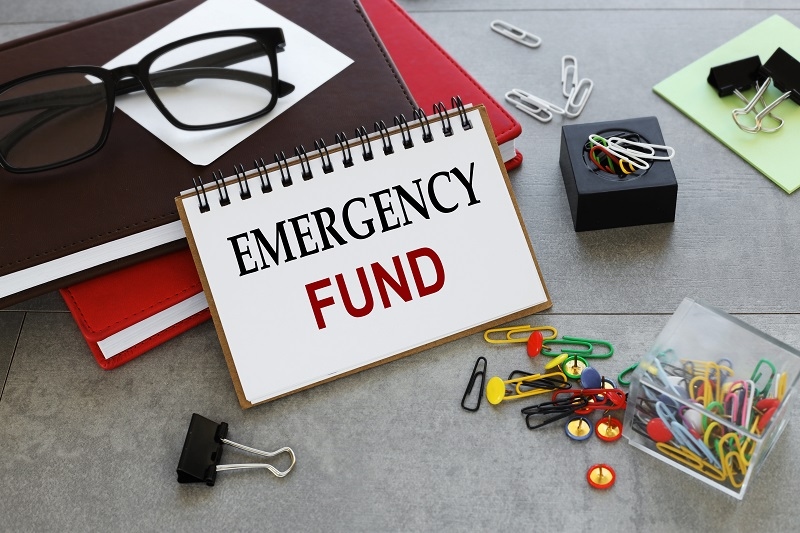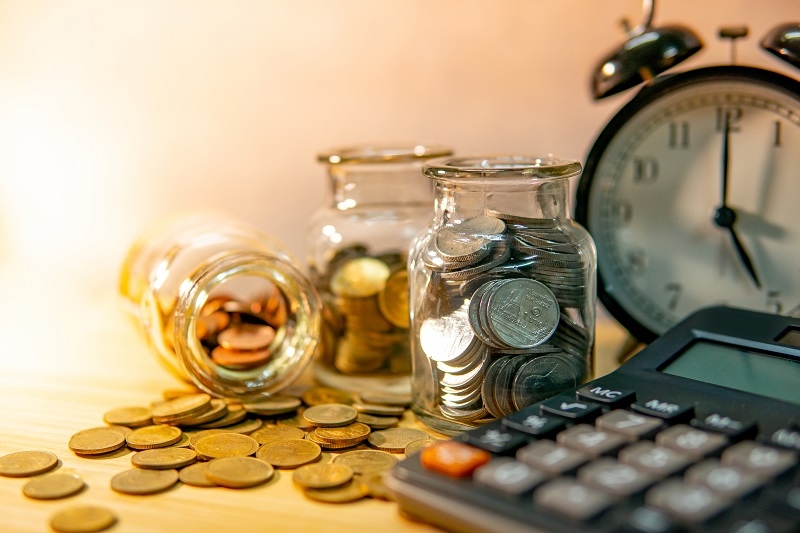
If you’ve ever confronted an activity loss, a clinical emergency, or a surprise automobile repair, you already understand why emergency budget planning is necessary. Life happens, and regularly at the worst possible time. That’s why building an emergency fund isn't just smart; it is crucial.
In this guide, we’ll stroll you through the whole lot you want to know about constructing an emergency fund, inclusive of saving 3 to 6 months' expenses, selecting the nice savings debts for emergencies, and creating a financial safety net plan that can resist real-world demanding situations. We’ll also share wet day fund suggestions to help you live organised, stay calm, and live financially secure.
Before diving into the way to begin saving, permit’s understand why an emergency budget is needed in nowadays’s uncertain economic system. An emergency fund is your first line of defence when dealing with inflation, unstable employment, or rising medical costs.
Whether you're a fresh graduate, a freelancer, or a family of four, these reasons show why creating an emergency fund should be your top financial priority.
Now that you recognise why emergency finances count, let’s break down exactly how to begin constructing an emergency fund from scratch—even in case, you're living paycheck to paycheck.
Experts suggest saving three to six months' prices. This is a common benchmark that provides a sufficient buffer for maximum emergencies, like task loss or unexpected payments.
Example: If your month-to-month costs are $3,000, you intend to keep between $ 9,000 and $18,000.
This aim can seem intimidating; however, keep in mind—constructing an emergency fund is a marathon, not a dash.
One of the most neglected elements of constructing an emergency fund is where to hold the cash. This is where selecting high-quality financial savings bills for emergencies will become crucial.
Avoid using investment accounts for your emergency fund—market volatility makes them too unstable for short-term desires. Stick with secure, reachable alternatives.
If you’re on a tight budget, saving three to 6 months' fees might not be possible. But with some consistency and the right approach, it’s conceivable.
The secret's momentum. Every dollar saved is one step closer to constructing an emergency fund you may rely on.
A superb emergency fund is part of a broader financial safety net plan. This plan must cover the whole thing from profit protection to insurance and contingency plans.
Think of this as your monetary armour. A clever monetary protection internet plan ensures you don’t simply live on emergencies—you live in control of your existence.

While saving is crucial, how you save subjects is also crucial. Here are some commonplace mistakes human beings make when building an emergency fund—and the way to avoid them.
While constructing an emergency fund is important, there’s a sort of issue with saving an excessive amount. If you hold more than 6-12 months’ worth in a low-yield savings account, you may be missing out on lengthy-time period growth somewhere else.
This ensures you’re covered and making your cash gives you the results you want.
If you have youngsters or dependents, that is a notable time to teach them why emergency funds are important. Financial literacy starts offevolved at home, and emergency planning is a key part of that.
When everybody’s on board with the monetary protection internet plan, your family will become extra resilient and united for your dreams.
After accomplishing your emergency fund intention, shift awareness to different economic priorities like paying off debt, making an investment, or saving for retirement. Review your finances regularly and preserve your emergency fund untouched unless a true financial emergency arises. Congrats! You’ve completed constructing an emergency fund; however, now what?
Reaching your emergency fund purpose is simply the start of lasting monetary security. Celebrate it—after which, level up.
One of the most important steps to long-term financial equilibrium is setting up an emergency fund. It offers a robust financial security plan that protects you against unforeseen expenses, losing your job, or experiencing medical crises. You may prioritise saving for life's uncertainties if you understand why emergency funds are still available. Experts advise saving 3 to 6 months' expenses to make certain you’re covered in most conditions.
To make the maximum of your cash, discover the excellent financial savings debts for emergencies—the ones offering high yields and clean interest. Treat your emergency fund like a rainy day fund, not to be dipped into until really necessary. Following those wet day fund recommendations will help you live disciplined. Start today and supply yourself peace of mind knowing you're financially organised for whatever life throws your way.
This content was created by AI